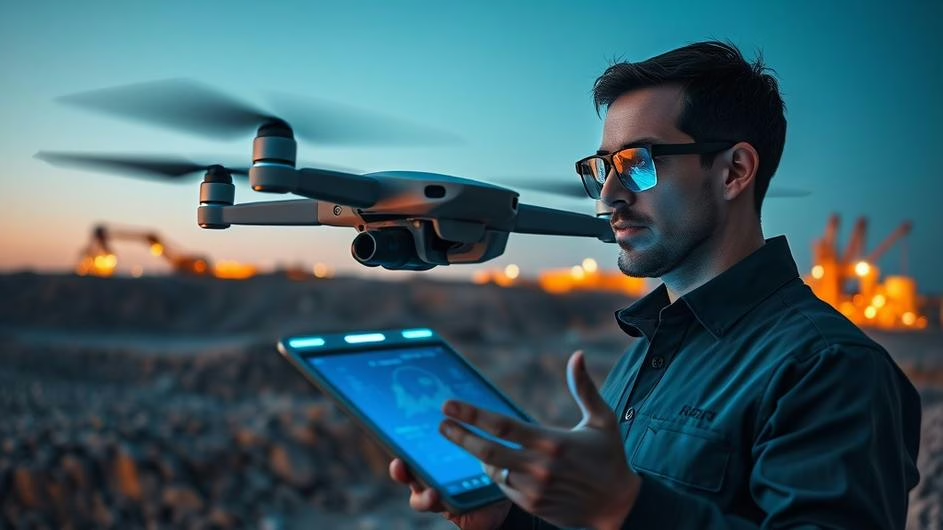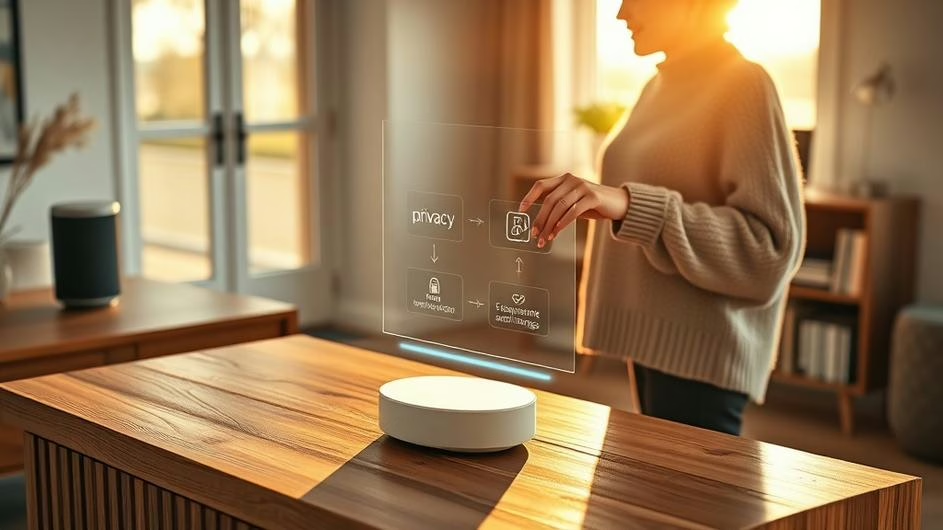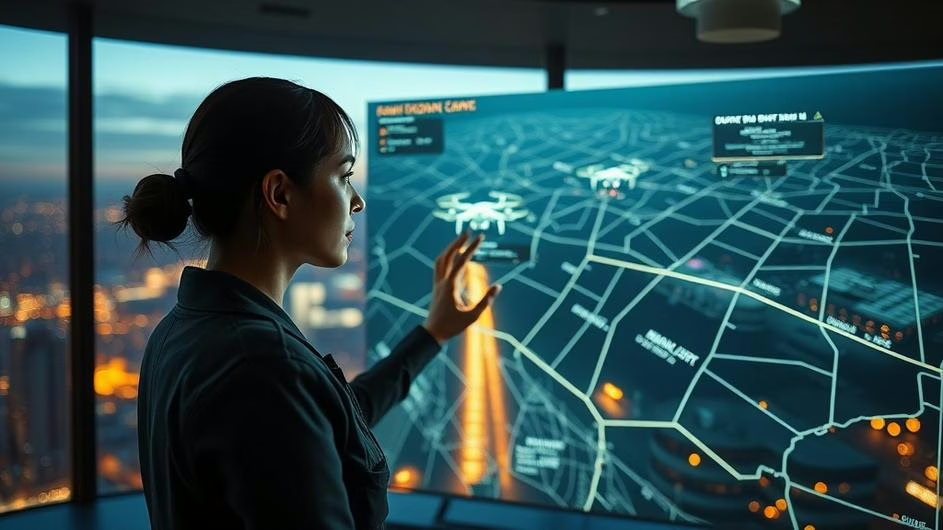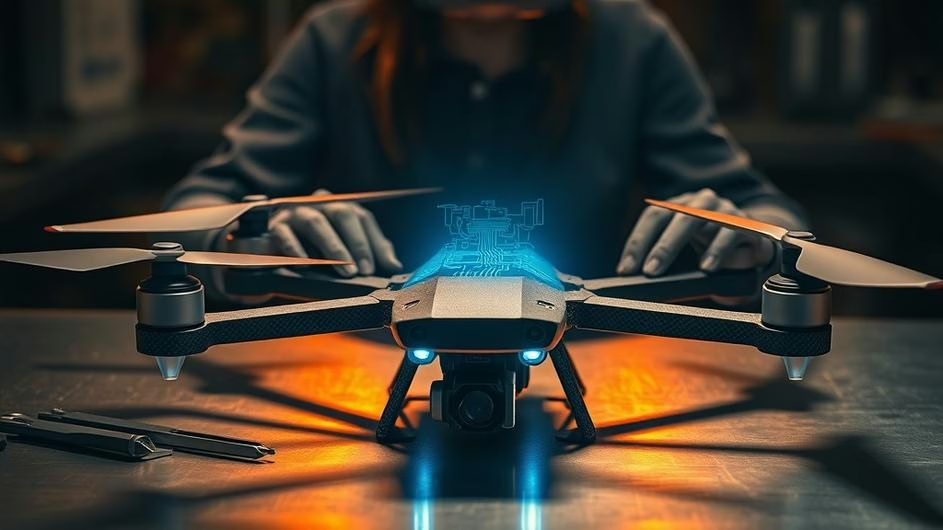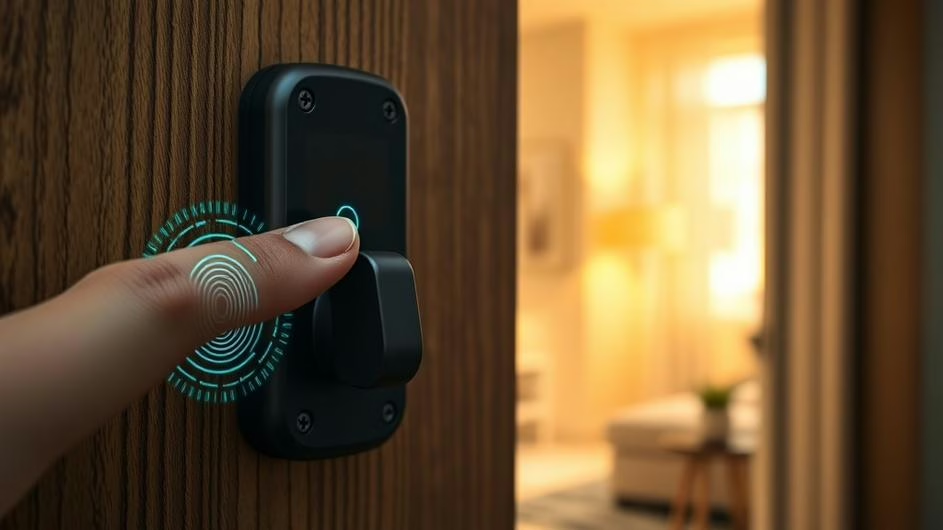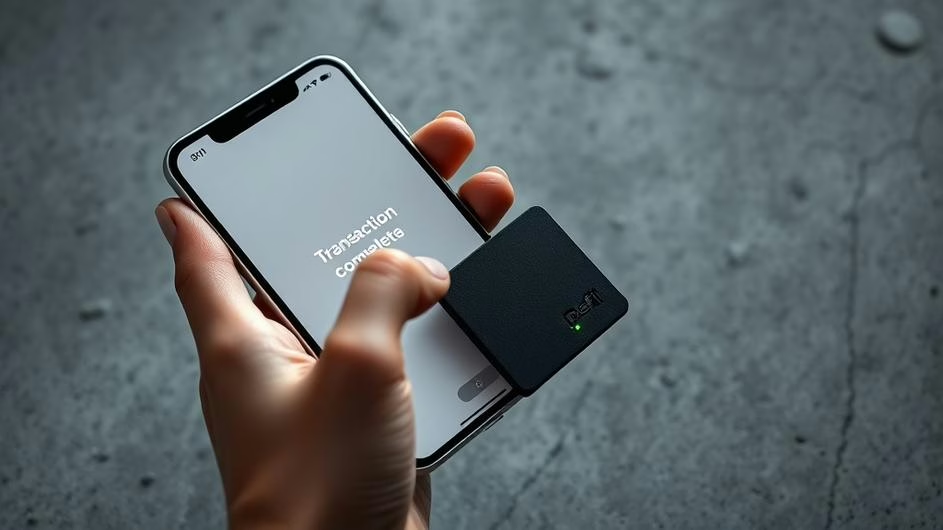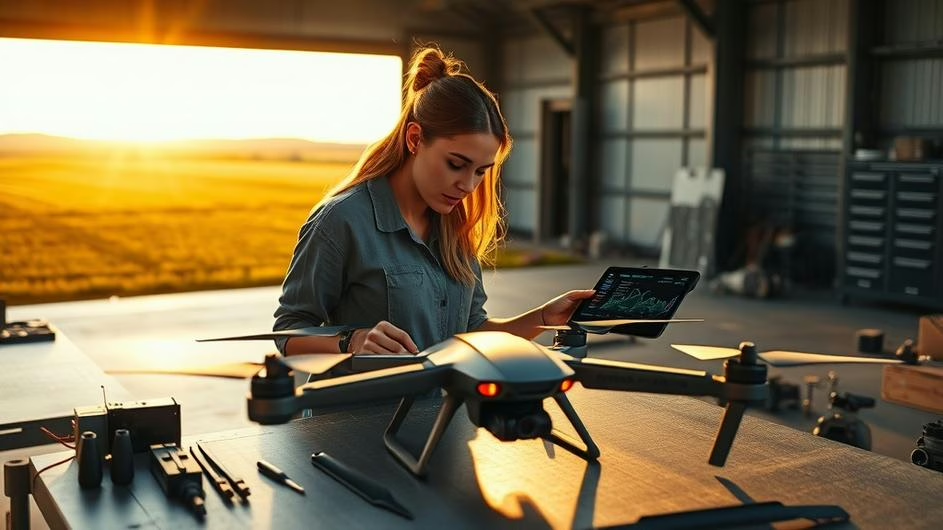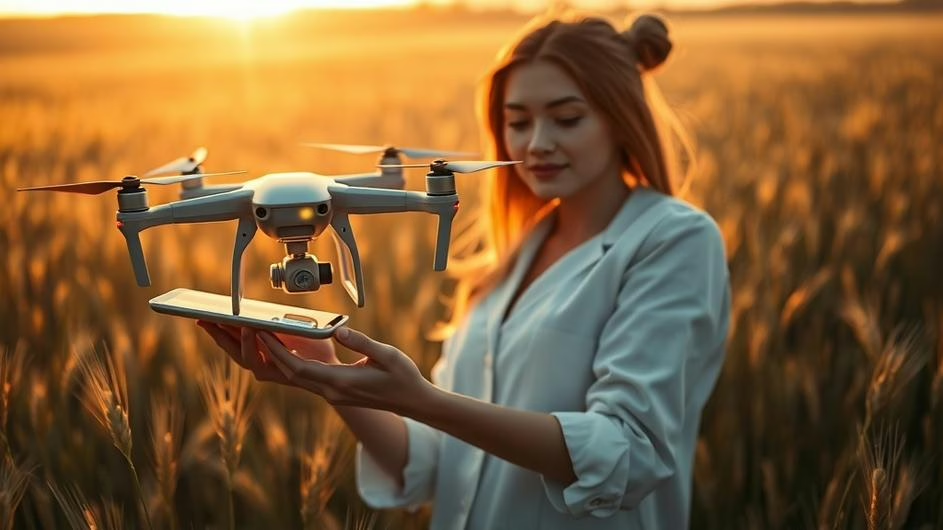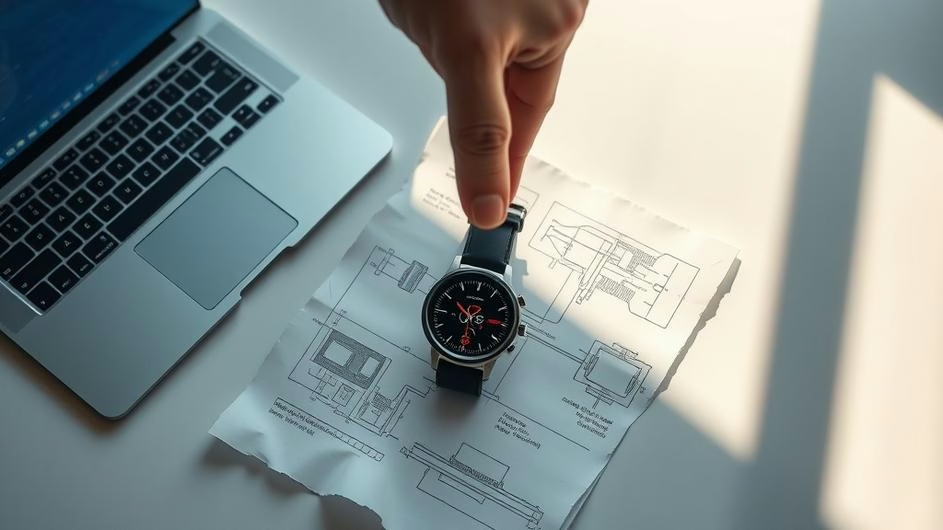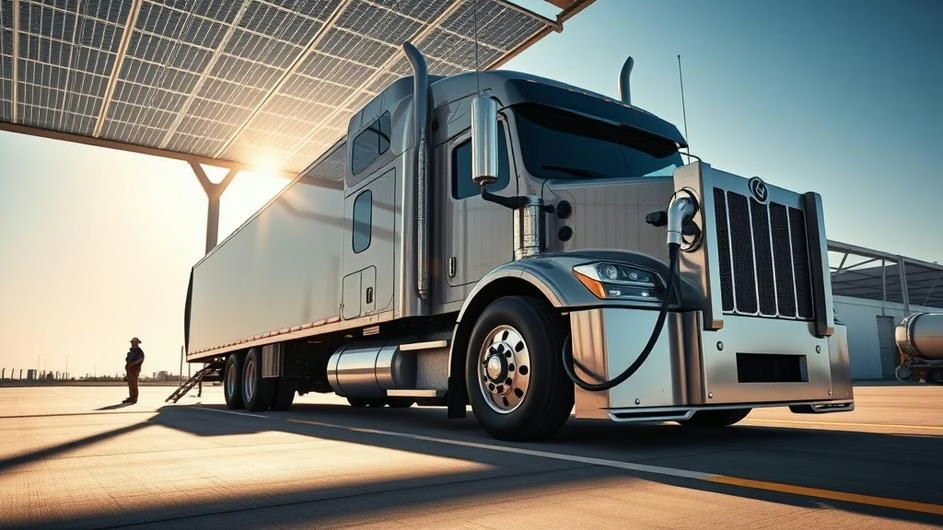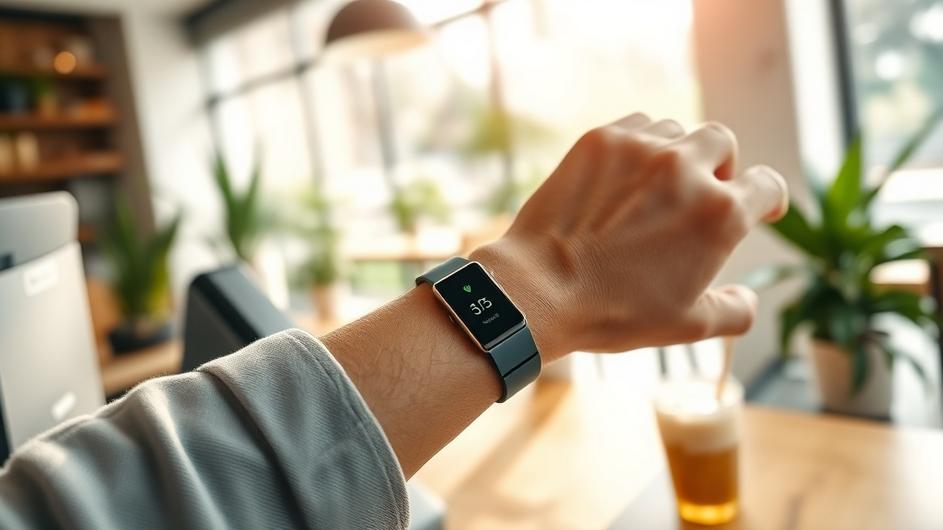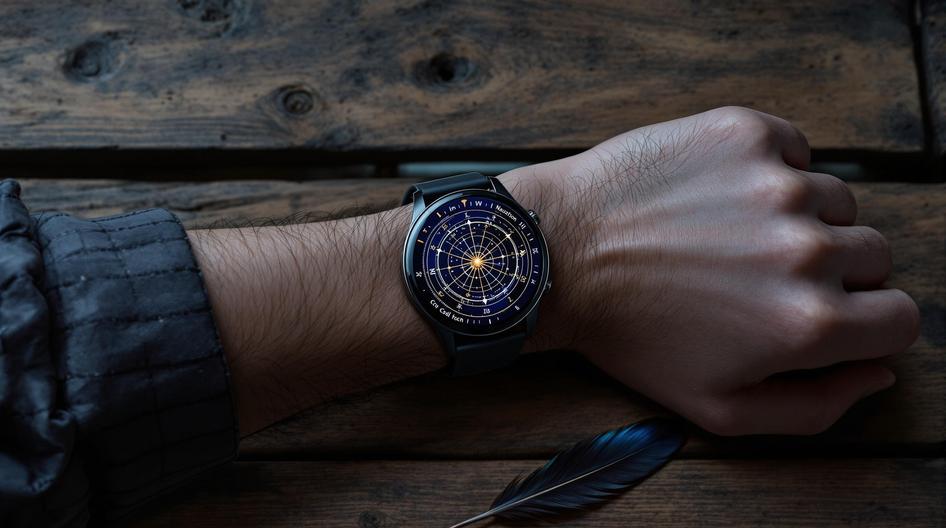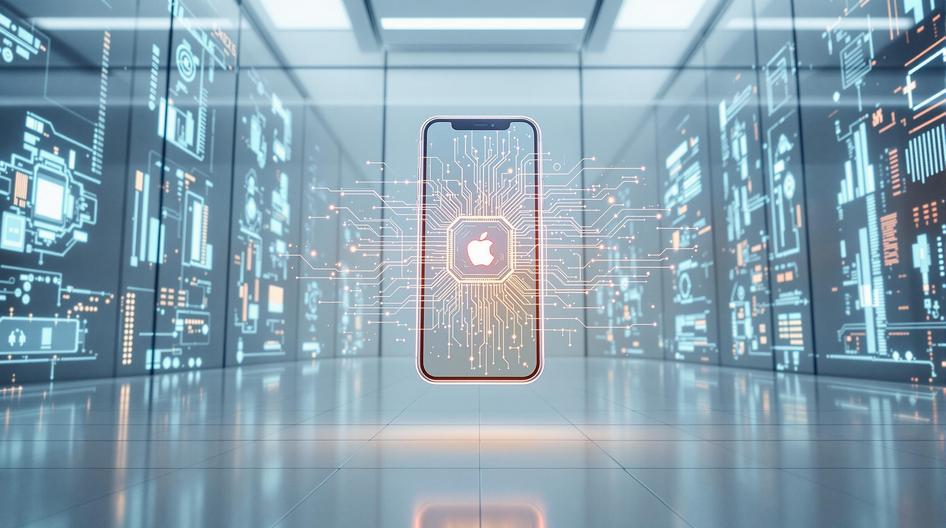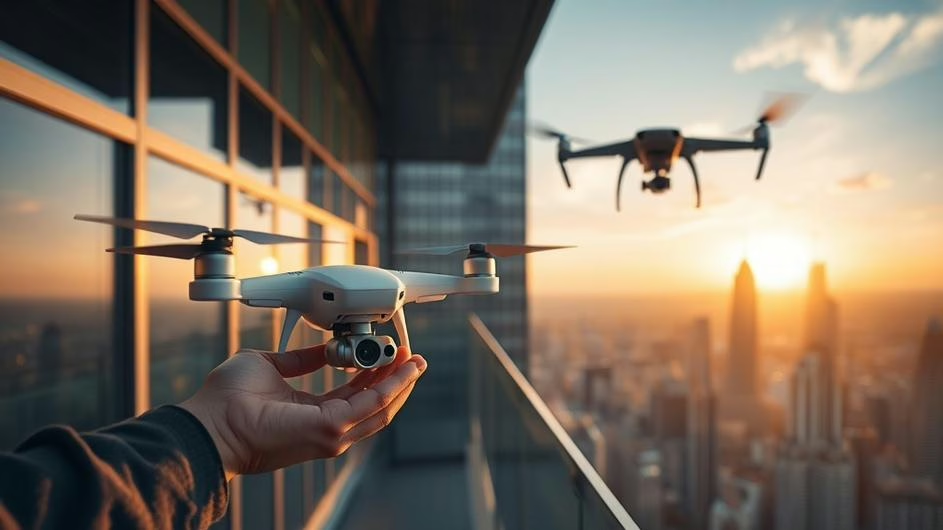
Drones Redefine Surveillance, Security, and Commerce Across a Connected World
Drones aren’t just cool gadgets anymore. They’ve become central players in some of today’s biggest tech debates about privacy, security, and how we’ll navigate our increasingly connected future. From buzzing over city protests to shutting down major airports, these flying machines are reshaping everything we thought we knew about surveillance, delivery, and digital infrastructure.
When Military Tech Meets City Streets
Remember when Predator drones were just something you’d see in military documentaries? Those days are over. This past summer in Los Angeles, anti-ICE protests drew MQ-9 Predator drones that were once reserved for border patrol and overseas operations. It marked one of the first major domestic deployments over U.S. citizens since 2020, and honestly, it’s got a lot of people talking.
The shift happened faster than most expected. Civil liberties groups are raising red flags about how quickly these border-only tools became everyday surveillance equipment for monitoring protests and public gatherings. As national security expert Adam Isaacson points out, resource constraints just aren’t limiting these deployments anymore. The technology has gotten cheaper, more accessible, and way more capable.
This evolution mirrors what we’re seeing across the broader tech landscape, where AI and surveillance technologies are increasingly intertwined with everyday life.
European Airports Under Digital Siege
While surveillance drones grab headlines, unauthorized ones are causing chaos in unexpected ways. Across Europe in 2025, drones have transformed from security tools into serious security threats, sometimes bringing modern infrastructure to a complete standstill.
Denmark’s recent experience tells the whole story. Within just a few days, both Copenhagen’s main airport and Aalborg airport were completely shut down due to unauthorized drone incursions. These weren’t random pranks either. The incidents triggered full airspace closures and prompted serious police investigations. Denmark’s Prime Minister called them the most severe attacks on the nation’s critical infrastructure to date.
What’s particularly unsettling is how these mysterious drones flew patterns similar to previous disruptions, suggesting coordinated attacks that test the resilience of interconnected systems. For anyone working in tech, this highlights a crucial reality: digital risks and physical threats aren’t separate anymore. They’re completely intertwined.
This connects to broader concerns about cybersecurity challenges in 2025, where the line between digital and physical security continues to blur.
The Commercial Sky Revolution
Not all drone news is doom and gloom though. Urban commerce is getting a major upgrade thanks to partnerships between tech giants and drone innovators. Uber Eats is teaming with Flytrex to test drone-based food delivery in select markets, and the early results look promising.
Amazon’s latest MK30 drone addresses two major pain points from earlier generations: it’s significantly quieter and handles wind much better. Meanwhile, Alphabet’s Wing is taking a hybrid drone-plane approach, creating entirely new logistics models that blend autonomy with real-world efficiency.
Industry insiders believe we’re on the verge of seeing drones become as common as delivery trucks in urban areas. The math makes sense too. In dense cities, a coordinated system of bikes, ground robots, and drones could handle small package delivery way more efficiently than traditional diesel vans, reducing both congestion and emissions.
This aligns with broader trends in IoT and smart city infrastructure that are reshaping how we think about urban logistics.
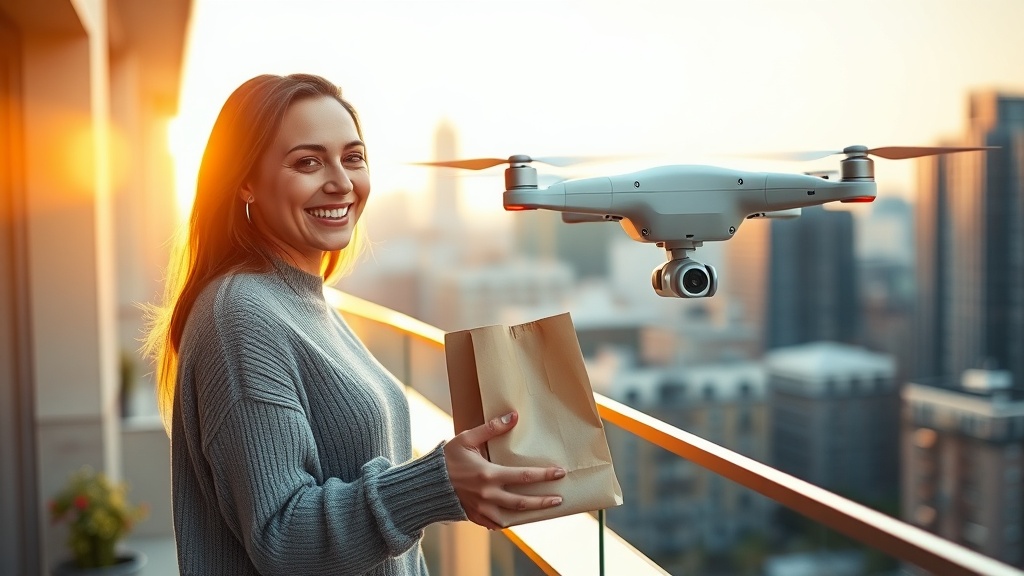
Building the Connected Infrastructure
The real game-changer isn’t just the drones themselves, but how they’re integrating with broader digital infrastructure. For developers and tech companies, drones represent new data sources feeding real-time location and sensor information into smart city systems. They’re becoming hardware oracles that could autonomously verify deliveries, validate environmental conditions, or monitor infrastructure health.
The airport disruptions in Denmark also highlight why we need robust identity standards, real-time threat detection, and transparent audit trails. These challenges are driving innovation in areas like biometric security and digital identity, where authentication and verification become critical for managing both authorized and unauthorized aerial activity.
As drone deployments expand, we’re seeing new business models emerge around tokenized fleet management, automated logistics, and algorithmic governance. These aren’t just theoretical concepts either. They’re practical solutions being tested right now in cities around the world.
What’s Next for the Drone Economy
Every major drone deployment, whether it’s surveillance over protests or delivery routes over suburbs, deepens the connection between hardware innovation and digital infrastructure. For tech professionals, this represents both opportunity and responsibility.
The surveillance applications raise legitimate privacy concerns that need addressing through better regulation and transparency. The commercial applications promise efficiency gains that could reshape entire industries. And the security vulnerabilities demand robust solutions that protect critical infrastructure from both digital and physical threats.
This connects to larger themes we’re seeing in tech evolution and automation trends for 2025, where the integration of AI, hardware, and connectivity creates new possibilities alongside new challenges.
The sky above us is becoming as digitally connected as the networks below us. How we manage that transition will shape everything from urban delivery to national security. The drone revolution isn’t coming, it’s here. And it’s rewriting the rules for how technology integrates with our physical world.
Sources:
- Predator drones shift from border patrol to protest surveillance – Los Angeles Times
- Drones and hacks disrupt airports across Europe – The Jerusalem Post
- Denmark’s Aalborg airport closes after reports of drones in airspace – BBC
- Denmark’s Aalborg airport closed due to drones, two days after Copenhagen incursion – NBC News
- Uber’s Drone Delivery Takeoff: Inside the High-Flying Deal with Flytrex – ts2.tech

